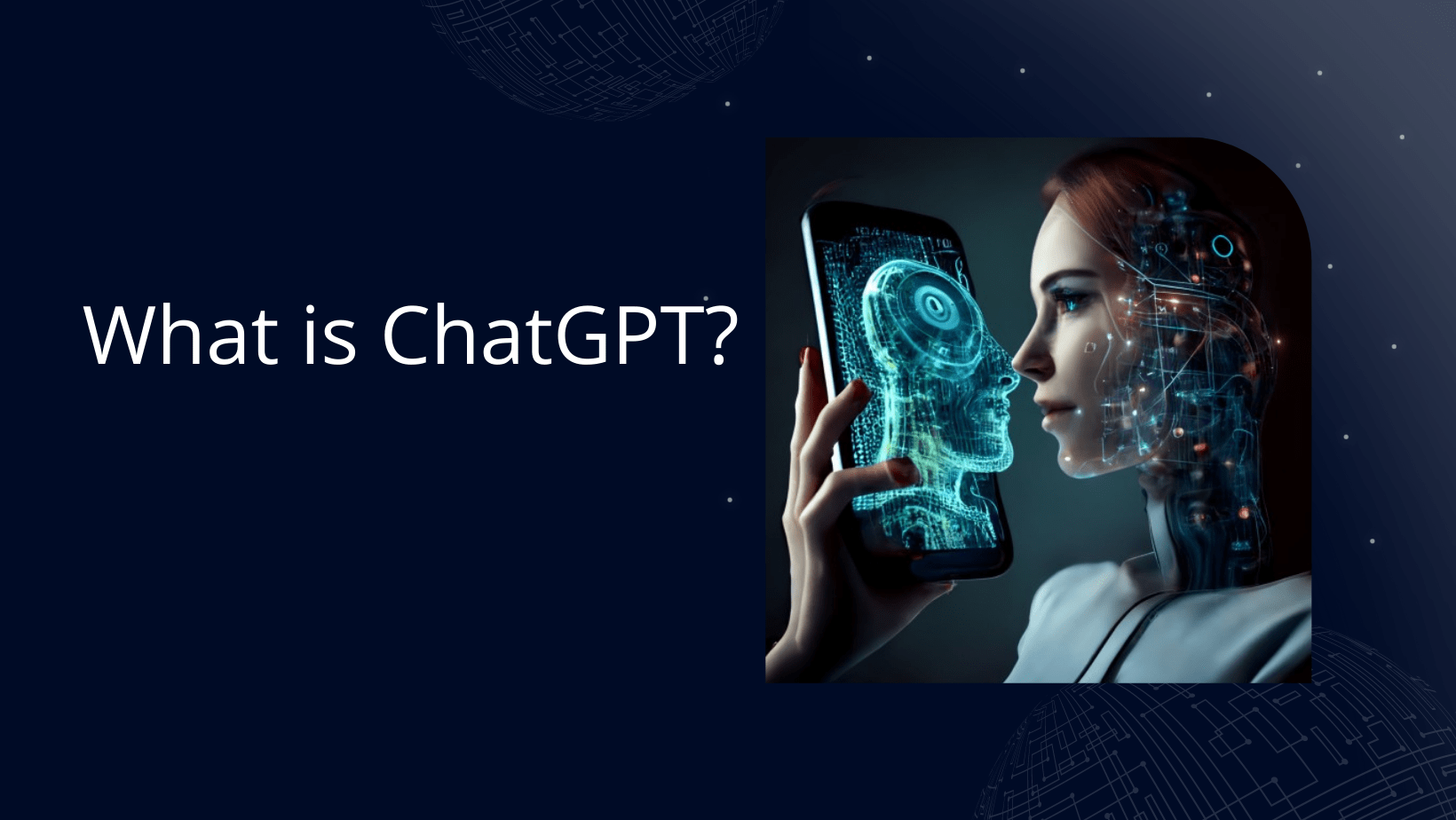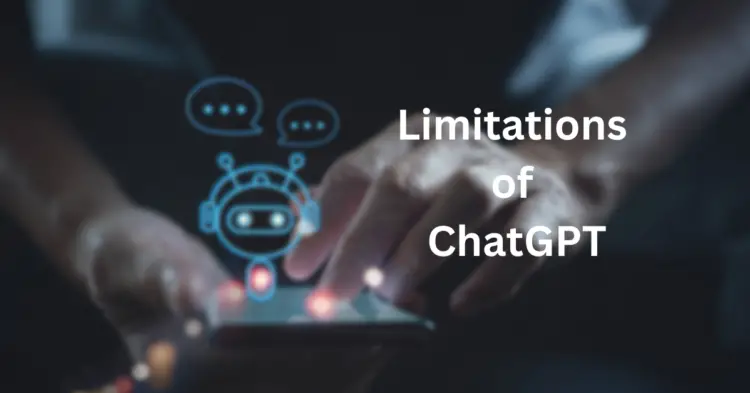Exploring the Limitations of ChatGPT: A Critical Analysis

ChatGPT, a large language model developed by OpenAI, has taken the world by storm for its impressive text generation and conversational abilities. However, it is crucial to recognize its limitations, as they may impact its reliability and effectiveness in certain contexts.

Text Generation Flaws

ChatGPT’s text generation capabilities are commendable, but it can produce erroneous or incoherent content. The model is trained on vast datasets, but its understanding of the world is incomplete and subject to biases present in the training data. It may generate factual inaccuracies, logical fallacies, or grammatically incorrect sentences.
Limited Knowledge and Currency
ChatGPT’s knowledge cutoff is May 2024, meaning it lacks information on recent events, scientific advancements, or current affairs. This limitation restricts its ability to provide up-to-date or accurate responses on topics that occurred after its knowledge cutoff.
Repetitive and Generic Responses
Despite its impressive vocabulary, ChatGPT tends to generate repetitive and generic responses. Its language patterns can become predictable, lacking originality or nuance. This repetitiveness may limit the quality of conversations or the usefulness of the information provided.
Lack of Emotion and Empathy
ChatGPT lacks the capacity for emotion and empathy. It can process and generate text based on sentiment analysis, but it cannot genuinely understand or respond to human emotions. This limitation may affect its effectiveness in tasks that require emotional intelligence or a high level of human interaction.
Bias and Discrimination
ChatGPT has been trained on a massive dataset that reflects real-world biases and discrimination. These biases can manifest in the model’s responses, perpetuating stereotypes or delivering unfair or discriminatory language. It is essential to be aware of these biases and use ChatGPT’s responses with caution.
Conclusion
ChatGPT is a powerful language model with numerous capabilities. However, it is vital to understand its limitations to ensure its responsible use. Its tendency for errors, restricted knowledge base, repetitive responses, lack of emotion, and potential for bias should be considered. By acknowledging these limitations, we can harness ChatGPT’s strengths while mitigating its drawbacks, ensuring its effective and reliable deployment in various applications.## Exploring the Limitations of ChatGPT: A Critical Analysis
Executive Summary
ChatGPT, a large language model from OpenAI, has gained widespread attention for its impressive text generation capabilities. However, like all AI systems, ChatGPT has limitations that users should be aware of. This comprehensive analysis sheds light on the key constraints of ChatGPT, examining its current capabilities and the areas where it falls short. Understanding these limitations is crucial for leveraging ChatGPT effectively and avoiding potential pitfalls.
Introduction
ChatGPT is a powerful language model with remarkable text-generating abilities. Trained on a massive dataset, it can engage in natural language conversations, provide informative responses, and even generate creative content. However, like any AI system, ChatGPT has its constraints. It is essential to recognize these limitations to utilize ChatGPT appropriately and avoid disappointment or misuse.
FAQs
1. What tasks is ChatGPT not well-suited for?
ChatGPT struggles with tasks requiring:
- Creative problem-solving: ChatGPT follows patterns and rules; it lacks human intuition and originality.
- Reasoning and logical thinking: ChatGPT cannot make inferences or draw conclusions; it relies on memorizing and regurgitating information.
- Handling complex or open-ended questions: ChatGPT often provides generic or superficial answers to complex inquiries that require deep understanding.
2. Can ChatGPT generate original content?
While ChatGPT can imitate writing styles and generate text that appears original, it cannot create genuinely original ideas or content. It lacks the creativity and subjective experiences that characterize human thought.
3. How does ChatGPT handle sensitive information?
ChatGPT has limited access to real-time information and may possess outdated or biased knowledge. It is advisable to verify any sensitive or crucial data ChatGPT provides independently with reliable sources.
Key Subtopics
1. Factual Accuracy and Reliability
ChatGPT can provide inaccurate or outdated information due to:
- Limited Training Data: ChatGPT’s training set may not cover the latest events or specialized subjects.
- Bias and Errors: ChatGPT inherits biases and errors present in its training data, potentially leading to unreliable responses.
- Difficulty in Fact-Checking: ChatGPT cannot independently verify the accuracy of its own responses.
- Plagiarism: ChatGPT can generate text similar to existing content, raising concerns about plagiarism and copyright violations.
2. Contextual Understanding
ChatGPT sometimes struggles to grasp the context of a conversation or written text:
- Lack of Common Sense: ChatGPT lacks human-like common sense and may provide responses that are irrelevant or nonsensical.
- Inability to Process Complex Instructions: ChatGPT has limitations in understanding and following complex or multi-step instructions.
- Difficulty in Tracking Long-Term Context: ChatGPT may lose track of context over extended conversations or when presented with large chunks of text.
3. Critical Thinking and Analysis
ChatGPT cannot perform critical thinking or complex analysis:
- No Internal Reasoning: ChatGPT does not possess the ability to reason or make independent judgments; it merely responds based on learned patterns.
- Inability to Draw Conclusions: ChatGPT cannot synthesize information or draw logical conclusions from given premises.
- Limited Understanding of Causality: ChatGPT finds it difficult to grasp cause-and-effect relationships and often provides oversimplified responses.
4. Emotional Intelligence and Empathy
ChatGPT lacks emotional intelligence and empathy:
- Inability to Recognize and Respond to Emotions: ChatGPT cannot understand or respond appropriately to human emotions.
- Limited Social Skills: ChatGPT’s responses can be robotic or formulaic, lacking the social cues and conversational abilities of humans.
- Bias and Stereotyping: ChatGPT may exhibit biases or stereotypes learned from its training data, potentially leading to insensitive or offensive responses.
5. Adaptability and Learning
ChatGPT’s learning capabilities are limited:
- Pre-Trained Model: ChatGPT’s knowledge and abilities are fixed at the time of training; it cannot learn new information or adapt to changing circumstances.
- Lack of Real-Time Data: ChatGPT cannot access or process real-time information, limiting its ability to provide up-to-date responses.
- Difficulty in Handling Novel Situations: ChatGPT may struggle to handle situations or questions outside its training data, leading to irrelevant or unhelpful responses.
Conclusion
While ChatGPT is an impressive language model, it is essential to recognize its limitations. Accurate factual information, contextual understanding, critical thinking, emotional intelligence, and adaptability are areas where ChatGPT falls short. It is a tool that must be used with critical thinking and fact-checking to avoid potential errors or misunderstandings. By understanding the boundaries of ChatGPT’s capabilities, users can leverage its strengths and mitigate its weaknesses, ensuring effective and appropriate use of this advanced language model.
Keyword Tags:
- ChatGPT limitations
- Language model constraints
- AI text generation challenges
- Natural language processing boundaries
- GPT factual accuracy
